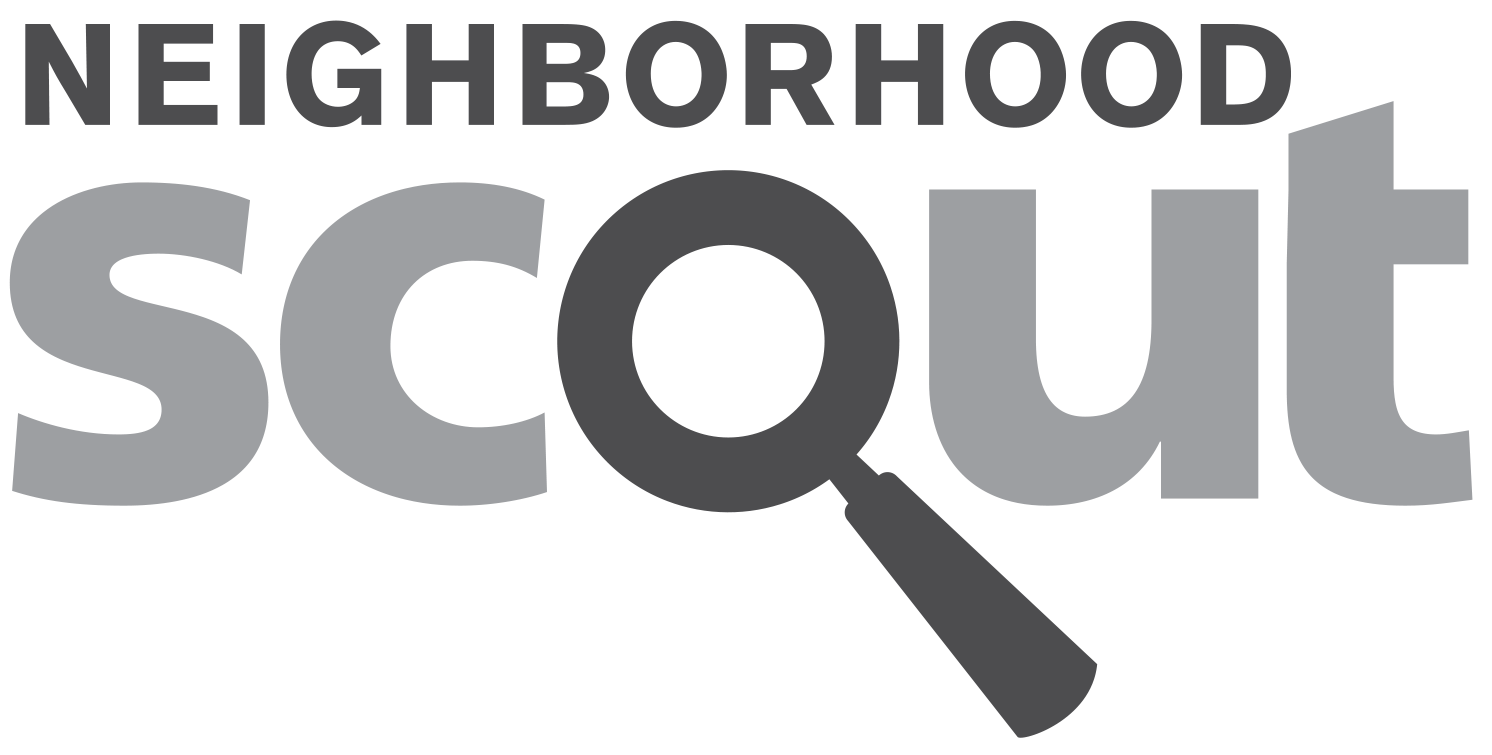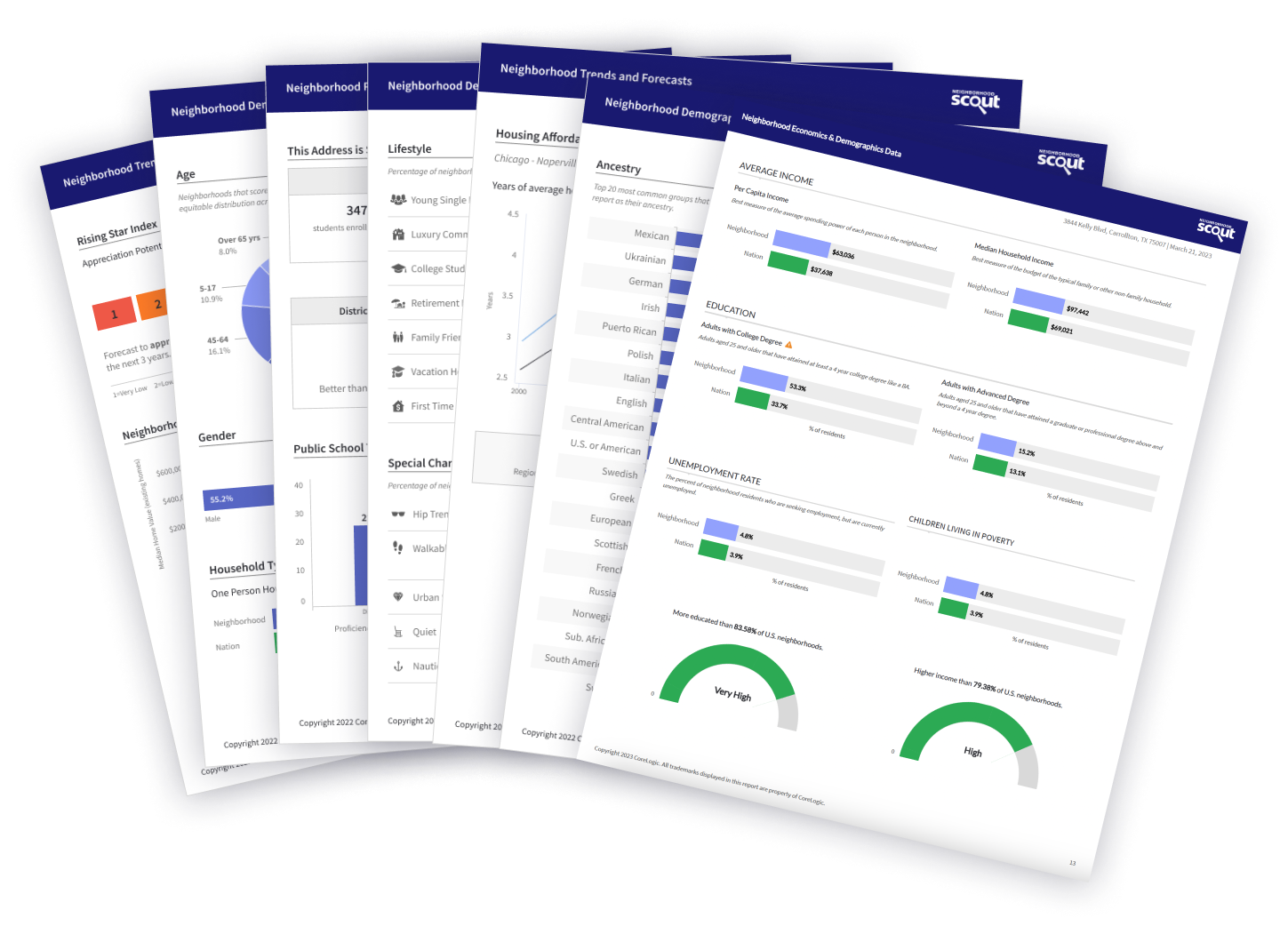Packard's Corner median real estate price is $1,037,125, which is more expensive than 79.8% of the neighborhoods in Massachusetts and 91.0% of the neighborhoods in the U.S.
The average rental price in Packard's Corner is currently $4,126, based on NeighborhoodScout's exclusive analysis. The average rental cost in this neighborhood is higher than 73.3% of the neighborhoods in Massachusetts.
Packard's Corner is a densely urban neighborhood (based on population density) located in Boston, Massachusetts.
Packard's Corner real estate is primarily made up of small (studio to two bedroom) to medium sized (three or four bedroom) apartment complexes/high-rise apartments and small apartment buildings. Most of the residential real estate is renter occupied. Many of the residences in the Packard's Corner neighborhood are relatively historic, built no later than 1939, and in some cases, quite a bit earlier. A number of residences were also built between 1970 and 1999.
Packard's Corner has a 13.3% vacancy rate, which is well above average compared to other U.S. neighborhoods (higher than 73.4% of American neighborhoods). Most vacant housing here is vacant year round. This could either signal that there is a weak demand for real estate in the neighborhood or that large amount of new housing has been built and not yet occupied. Either way, if you live here, you may find many of the homes or apartments are empty.
The way a neighborhood looks and feels when you walk or drive around it, from its setting, its buildings, and its flavor, can make all the difference. This neighborhood has some really cool things about the way it looks and feels as revealed by NeighborhoodScout's exclusive research. This might include anything from the housing stock to the types of households living here to how people get around.
In a nation where 1 out of every 4 children lives in poverty, the Packard's Corner neighborhood stands out as being ranked among the lowest 0.0% of neighborhoods affected by this global issue.
In addition, the rate of college educated adults in the Packard's Corner neighborhood is a unique characteristic of the neighborhood. 89.0% of adults here have received at least a 4-year bachelor's degree, compared to the average neighborhood in America, which has 34.3% of the adults with a bachelor's degree. The rate here is higher than NeighborhoodScout found in 99.6% of all U.S. neighborhoods.
Also, the types of households in a neighborhood can tell a lot about the character and lifestyle of those living here. NeighborhoodScout's exclusive analysis reveals that this neighborhood, above nearly every neighborhood in America, has a greater percentage of its residents living alone: 52.8%. This is a higher percent living alone than we found in 96.9% of all U.S. neighborhoods. Often residents who live alone are new arrivals to an area who are single, and often senior citizens who have lost a spouse.
American households most often have a car, and regularly they have two or three. But households in the Packard's Corner neighborhood buck this trend. 59.4% of the households in this neighborhood don't own a car at all. This is more carless households than NeighborhoodScout found in 99.2% of U.S. neighborhoods.
The Packard's Corner neighborhood is very densely populated compared to most U.S. neighborhoods. In fact, with 35,532 persons per square mile in the neighborhood, it is more packed with people than 97.6% of the nation's neighborhoods. Being a walkable neighborhood can help increase property values for the simple reason that people enjoy it and value it. To put it plainly, despite our love affair with the automobile, American's enjoy taking to the streets, sidewalks, paths, and courtyards of a place to get a coffee, relax, and take in the sights and sounds. And, according to NeighborhoodScout's exclusive and first quantitative walkable score index, the Packard's Corner neighborhood is one of the most walkable neighborhoods in America.
In addition, 96.7% of the real estate in the Packard's Corner neighborhood is occupied by renters, which is nearly the highest rate of renter occupancy of any neighborhood in America.
Furthermore, one of the really unique and interesting things about the look and setting of the Packard's Corner neighborhood is that it is almost entirely dominated by large apartment buildings, such as apartment complexes or high-rise apartments. 89.6% of the residential real estate here is classified as such. This puts this neighborhood on the map as having a higher proportion of large apartment buildings than 98.1% of all neighborhoods in America.
Also of note, the Packard's Corner neighborhood is very unique in that it has one of the highest proportions of one, two, or no bedroom real estate of any neighborhood in America. Most neighborhoods have a mixture of home or apartment sizes from small to large, but here the concentration of studios and other small living spaces is at near-record heights. With 83.4% of the real estate here of this small size, this most assuredly is a notable feature that makes this neighborhood unique, along with just a handful of other neighborhoods in the U.S. that share this characteristic.
Finally, if you find historic homes and neighborhoods attractive, you love the details, the history, and the charm, then you are sure to be interested in this neighborhood. With 60.7% of the residential real estate in the Packard's Corner neighborhood built no later than 1939, and some built considerably earlier, this neighborhood has a greater concentration of historic residences than 96.7% of all neighborhoods in America. In this regard, this neighborhood truly stands out as special.
In the Packard's Corner neighborhood, walking to work is a real option for many. In fact, NeighborhoodScout's exclusive research reveals walking to and from work is the chosen way to commute for 20.5% of residents here. This is a higher proportion of walking commuters than we found in 98.2% of American neighborhoods. Get ready to put on your walking shoes if you move here!
Also, our research revealed that more commuters here take the bus to work (17.2% ride the bus) than 98.0% of all American neighborhoods. If you like the idea of leaving your car and home and hopping the bus to work, this might be a good neighborhood for you to consider.
Finally, would you like to be able to ride your bike to work? If you are attracted to the idea of getting a little exercise of the two-wheeled type while reducing your carbon footprint, bicycling to work might be the answer. But which neighborhood you live in can make this either impossible, or alternatively, a great and realistic option. NeighborhoodScout's analysis revealed that the Packard's Corner neighborhood is a fantastic option for bicycle commuters, as 4.6% of commuters here do ride their bikes to and from work on a daily basis. This is a higher amount than we found in 97.8% of the neighborhoods in America.
The freedom of moving to new places versus the comfort of home. How much and how often people move not only can create diverse and worldly neighborhoods, but simultaneously it can produce a loss of intimacy with one's surroundings and a lack of connectedness to one's neighbors. NeighborhoodScout's exclusive research has identified this neighborhood as unique with regard to the transience of its populace. In the Packard's Corner neighborhood, a greater proportion of the residents living here today did not live here five years ago than is found in 98.1% of U.S. Neighborhoods. This neighborhood, more than almost any other in America, has new residents from other areas.
Did you know that the Packard's Corner neighborhood has more Brazilian and Armenian ancestry people living in it than nearly any neighborhood in America? It's true! In fact, 1.6% of this neighborhood's residents have Brazilian ancestry and 0.9% have Armenian ancestry.
Packard's Corner is also pretty special linguistically. Significantly, 3.7% of its residents five years old and above primarily speak Russian at home. While this may seem like a small percentage, it is higher than 99.5% of the neighborhoods in America.
How wealthy a neighborhood is, from very wealthy, to middle income, to low income is very formative with regard to the personality and character of a neighborhood. Equally important is the rate of people, particularly children, who live below the federal poverty line. In some wealthy gated communities, the areas immediately surrounding can have high rates of childhood poverty, which indicates other social issues. NeighborhoodScout's analysis reveals both aspects of income and poverty for this neighborhood.
The neighbors in the Packard's Corner neighborhood in Boston are low income, making it among the lowest income neighborhoods in America. NeighborhoodScout's research shows that this neighborhood has an income lower than 85.8% of U.S. neighborhoods. In addition, 0.0% of the children seventeen and under living in this neighborhood are living below the federal poverty line, which is a lower rate of childhood poverty than is found in 100.0% of America's neighborhoods.
A neighborhood is far different if it is dominated by enlisted military personnel rather than people who earn their living by farming. It is also different if most of the neighbors are clerical support or managers. What is wonderful is the sheer diversity of neighborhoods, allowing you to find the type that fits your lifestyle and aspirations.
In the Packard's Corner neighborhood, 65.6% of the working population is employed in executive, management, and professional occupations. The second most important occupational group in this neighborhood is sales and service jobs, from major sales accounts, to working in fast food restaurants, with 19.7% of the residents employed. Other residents here are employed in clerical, assistant, and tech support occupations (10.9%), and 3.8% in manufacturing and laborer occupations.
Languages
The languages spoken by people in this neighborhood are diverse. These are tabulated as the languages people preferentially speak when they are at home with their families. The most common language spoken in the Packard's Corner neighborhood is English, spoken by 62.0% of households. Other important languages spoken here include Chinese, Spanish, Russian and French.
Ethnicity / Ancestry
Culture is shared learned behavior. We learn it from our parents, their parents, our houses of worship, and much of our culture – our learned behavior – comes from our ancestors. That is why ancestry and ethnicity can be so interesting and important to understand: places with concentrations of people of one or more ancestries often express those shared learned behaviors and this gives each neighborhood its own culture. Even different neighborhoods in the same city can have drastically different cultures.
In the Packard's Corner neighborhood in Boston, MA, residents most commonly identify their ethnicity or ancestry as Asian (17.7%). There are also a number of people of Italian ancestry (9.6%), and residents who report English roots (7.9%), and some of the residents are also of Irish ancestry (6.8%), along with some French ancestry residents (6.5%), among others. In addition, 30.9% of the residents of this neighborhood were born in another country.
Even if your neighborhood is walkable, you may still have to drive to your place of work. Some neighborhoods are located where many can get to work in just a few minutes, while others are located such that most residents have a long and arduous commute. The greatest number of commuters in Packard's Corner neighborhood spend between 30 and 45 minutes commuting one-way to work (35.9% of working residents), which is at or a bit above the average length of a commute across all U.S. neighborhoods.
Here most residents (23.0%) take the train to get to work. In addition, quite a number also hop out the door and walk to work to get to work (20.5%) and 17.2% of residents also ride the bus for their daily commute. This neighborhood is distinguished by the high number of residents who take the train to work each day, which can be a very good way to get to work at a lower cost and with less pollution.

